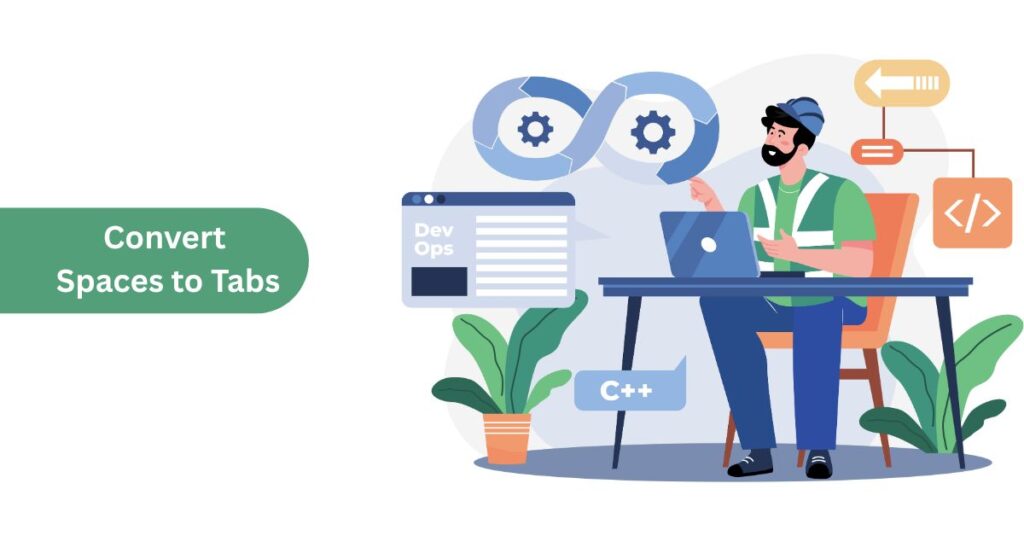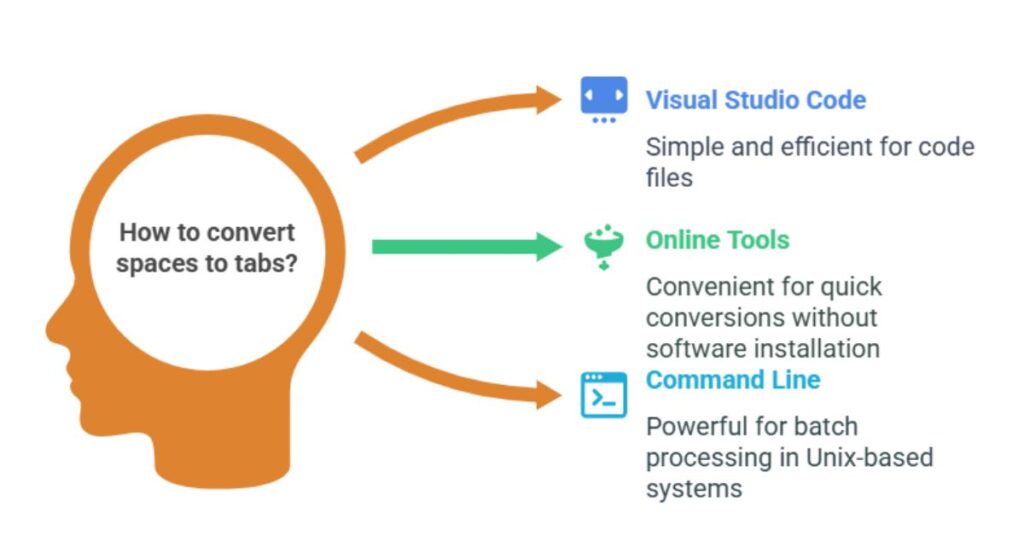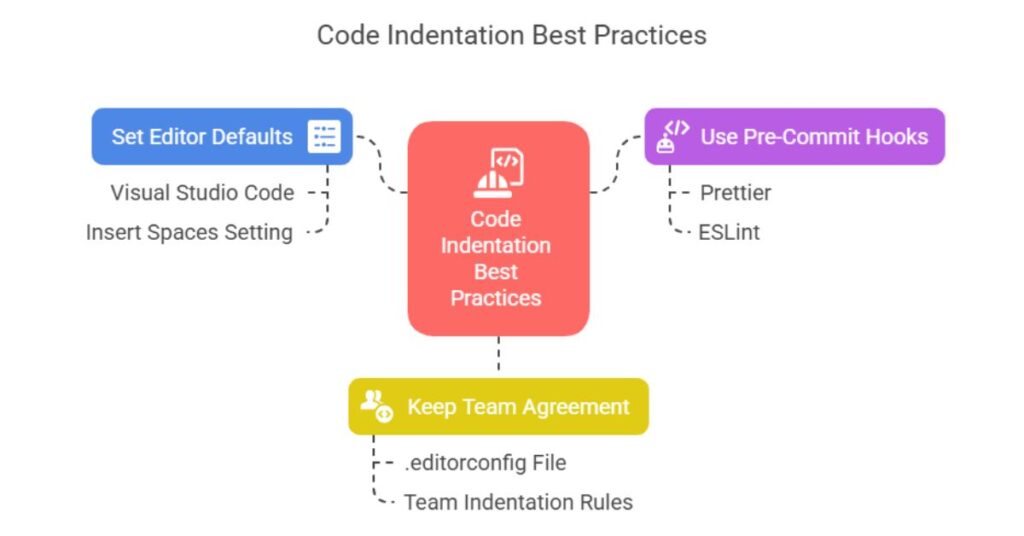Convert Spaces to Tabs
Table of Contents
Convert Spaces to Tabs : Introduction

Many developers and programmers often face formatting issues when working with different code editors or team environments. One of the most common formatting challenges is the use of spaces versus tabs for indentation. While some teams prefer spaces, others mandate tabs to ensure consistency and better control over display width. This is where the need to efficiently convert spaces to tabs becomes essential. The process of converting spaces to tabs simplifies code readability, reduces file size, and aligns with coding standards or team guidelines.When you convert spaces to tabs, you not only improve the structure of your code but also enhance its maintainability.
Why Convert Spaces to Tabs?
Using the correct indentation improves code readability. Tabs reduce file size. Tabs also allow developers to set their preferred tab width in editors. This flexibility is useful in large projects. Some programming languages or frameworks recommend tabs. Converting spaces to tabs ensures consistency across codebases.
Convert Spaces to Tabs : Common Use Cases
Code Formatting in Teams
In software development, teams often work on shared repositories. Consistent indentation avoids merge conflicts. It also helps code reviewers read the code easily. If one developer uses four spaces and another uses a tab, the code looks misaligned. Using the same format fixes this issue.
Following Style Guides
Popular style guides like PEP8 for Python or the Go language standard recommend specific indentation. Some guides prefer spaces, others tabs. When switching between projects, you may need to convert indentation.
Editor or IDE Preferences
Some editors like Visual Studio Code or Sublime Text support auto-formatting. If the editor is set to use tabs, but the file uses spaces, formatting will break. Converting spaces to tabs solves this.

How to Convert Spaces to Tabs
Using Visual Studio Code
Visual Studio Code makes this process simple.
- Open the file.
- Click on the status bar where it shows “Spaces: 4”.
- Choose “Convert Indentation to Tabs”.
- Save the file.
This method replaces all space-based indentation with tabs (Stack Overflow).
Using Online Tools
Several websites allow space-to-tab conversion.
- Browserling: Paste your code and click “Convert Spaces”.
- PineTools: Choose the number of spaces per tab and convert.
- Commaseparator.online: Offers a clean interface for the conversion task.
These tools are useful when you do not want to install software.Try different useful tools like:Tab Delimited Text to Columns.
Using Command Line
In Unix-based systems, you can use the unexpand command.
bash
-t 4 input.txt > output.txt
This command replaces groups of four spaces with a tab. It is useful for batch processing files.
Example Conversion
Before Conversion
javascript
function greet() { console.log("Hello, world!"); }
This uses four spaces for indentation.
After Conversion
javascript
function greet() { console.log("Hello, world!"); }
The indentation now uses a tab character.

Best Practices
Set Editor Defaults
Configure your editor to use tabs. In Visual Studio Code:
- Open settings.
- Search for “Editor: Insert Spaces”.
- Uncheck the box to use tabs instead of spaces.
This prevents issues in future files.
Use Pre-Commit Hooks
Tools like Prettier or ESLint can enforce consistent indentation. Set them to use tabs. Add them to your pre-commit hooks to format code before every commit.
Keep Team Agreement
Ensure all developers follow the same indentation rules. Add an .editorconfig file to the root of your project:
root = true [*] indent_style = tab indent_size = 4This file helps editors follow project-specific rules.
Summary
Converting spaces to tabs helps maintain consistent code formatting. It improves readability and reduces confusion in team environments. Use editors like Visual Studio Code or online tools to convert indentation quickly. Set up your environment and tools to follow the same formatting rules. This practice improves collaboration and code quality.